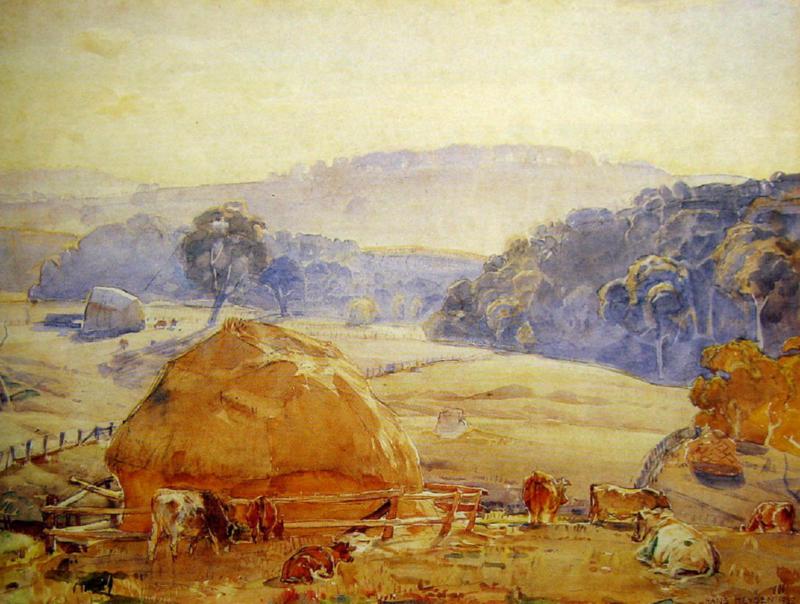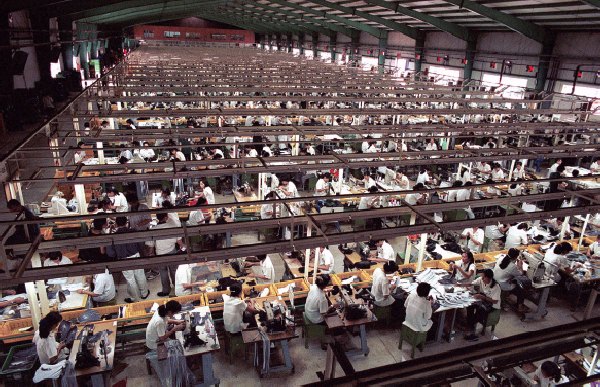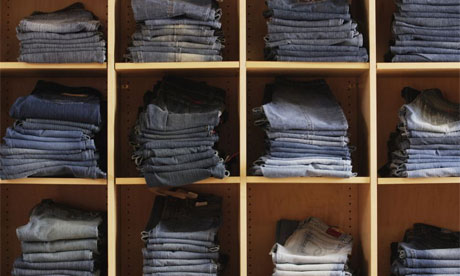I honestly never even thought it was disrespectful of my parents to have a copy of the United States Declaration of Independence on our toilet wall. Admittedly when I was very young I used to giggle occasionally at the thought that wee hold these truths to be self-evident, but as I got older I thought it was good to reminded at least once a day that all men are created equal and have certain unalienable rights including life, liberty and the pursuit of happiness.
You have time to sit and think on the toilet. I don't encourage you to take in reading matter (that appears to be a boy thing) but if there is something to look at, it seems to make the time (and other things) pass more pleasantly. Many folk have calendars in their toilets, perhaps merely to look at pretty scenic pictures, or to remind themselves to do things, when they are more at leisure to do so. Sometimes these bear humorous anecdotes or witty cartoons. It's a good place for a laugh.
Or reflection. There are always mirrors, although I don't think it's a good idea if these are positioned so one can witness one's morning constitutional. But there are often photos of the home-owner and their drinking buddies, or images which might seem a little risqué in a more formal setting. But the décor in the lavatory can be informative and illuminating.
5 Posters found in toilets:
- Height charts - frequently found in houses with children; a little sad if the only inhabitants are adults. My favourite was the one where the 'mother' appeared to shrink as she had clearly been lying about her height until her children physically outgrew her and she could no longer keep up the pretence. You know who you are.
- The periodic tale - favourite of science geeks universally
- Historic chart showing Kings and Queens of England in a rather natty family tree. Most educational
- A mushroom and fungi identification chart - unfortunately by the time you are sorrowfully gazing at the image of the chestnut dapperling, the fool's webcap or the deadly parasol, it may be a little late...
- A pure yeast and fermentation guide for the making of ales, lagers and Belgian and wheat styles. Actually, it's in our house. Him Outdoors got it to assist in home brewing, while I chose the location. As I said, it's a good place for a laugh.









